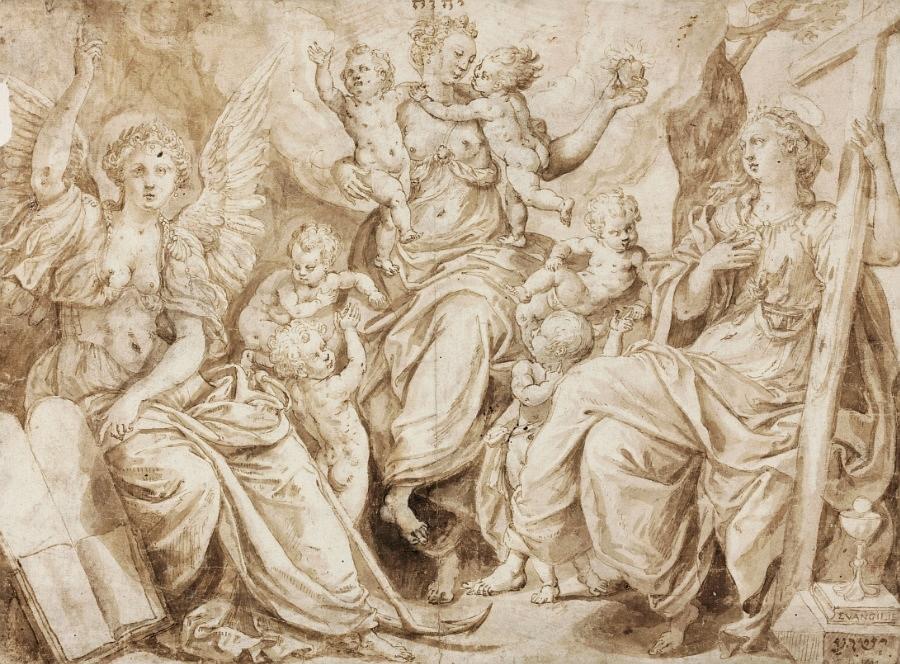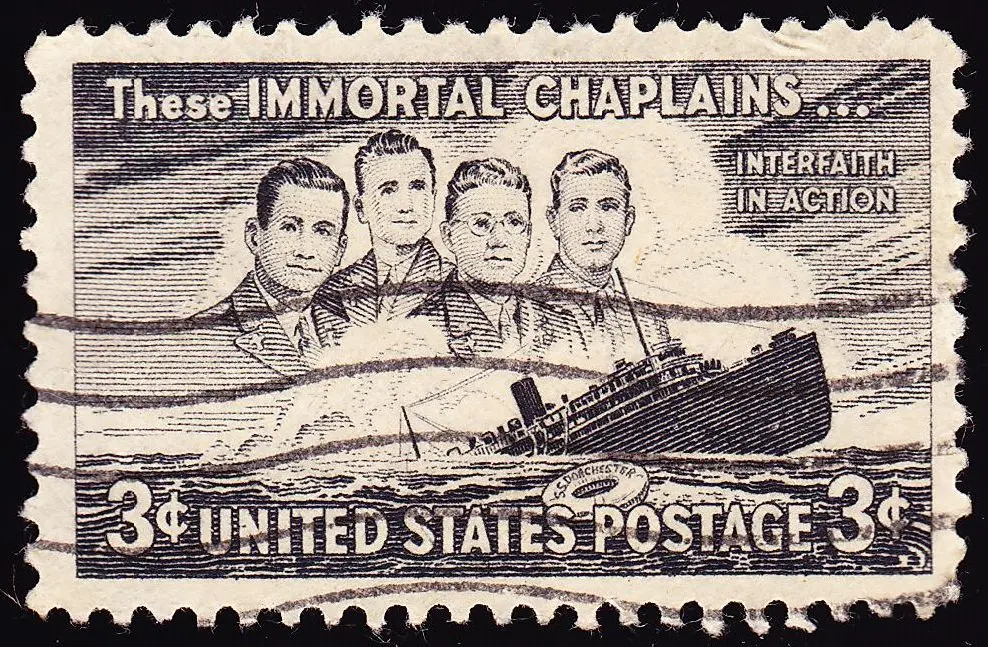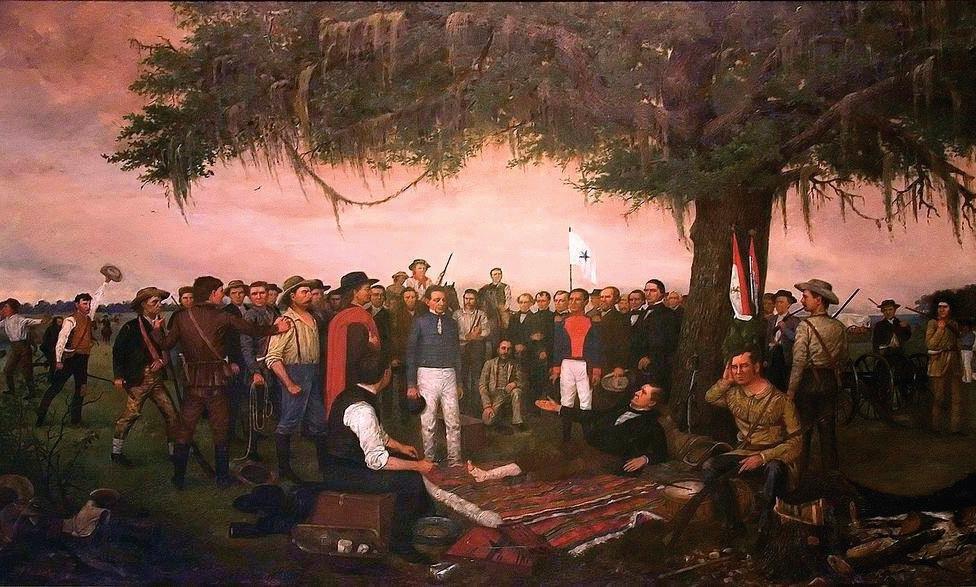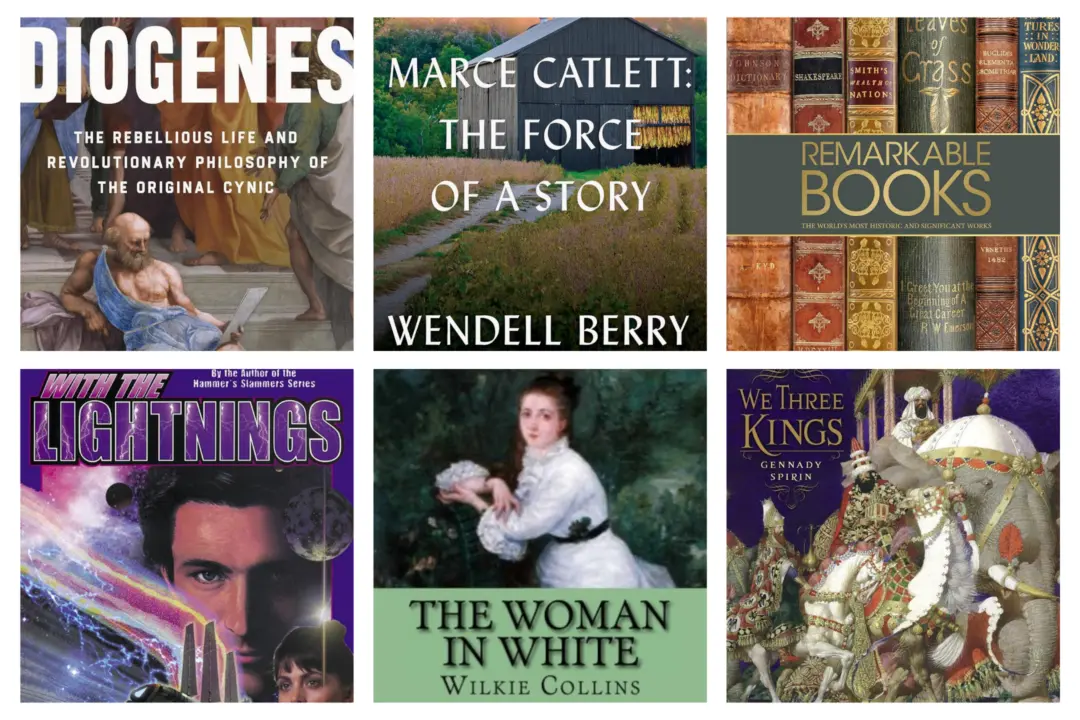The three theological virtues of faith, hope, and charity often take a back seat to the classical, or cardinal, virtues: prudence, justice, temperance, and fortitude. In teaching literature and history to homeschoolers, I sometimes employed them as a framework for the topics at hand, reference points to which we’d return during discussions of classics like “Hamlet” or “Animal Farm” or of famous Americans such as George Washington, Theodore Roosevelt, and Harriet Tubman. How, I’d ask the students, did the characters in literature reflect those classical virtues? How did the figures in our history texts apply them in their lives and in the public arena?
Lately, I wondered whether the theological virtues might not deserve more attention. Might we not find comfort and strength in the practice of faith, hope, and love, and so help preserve our liberties?





